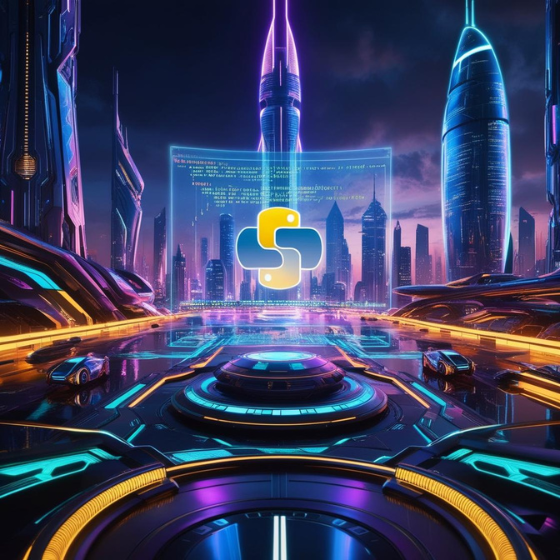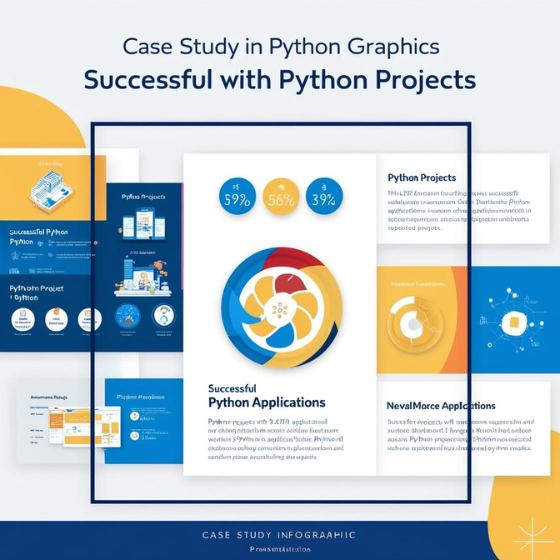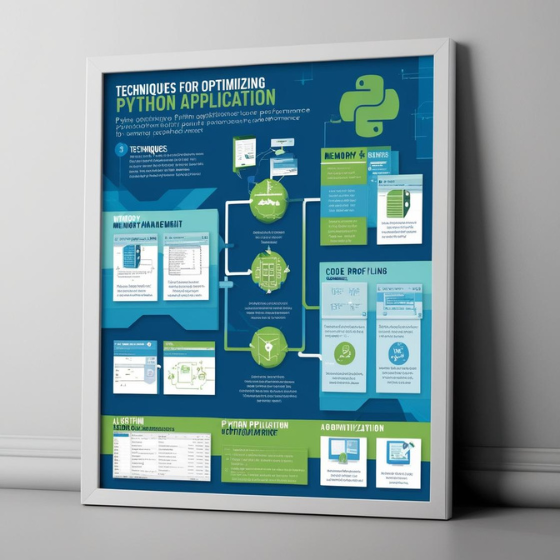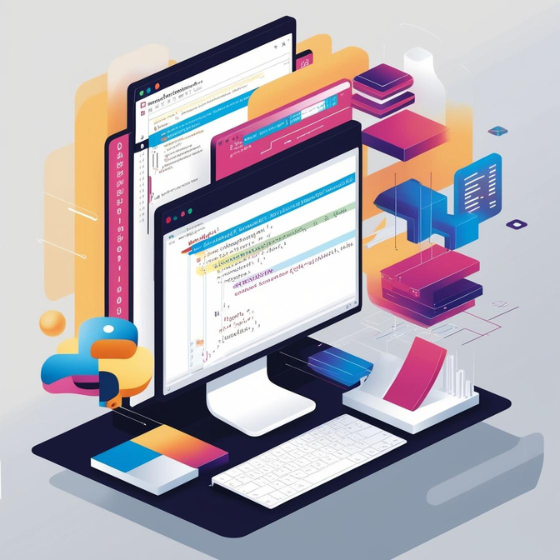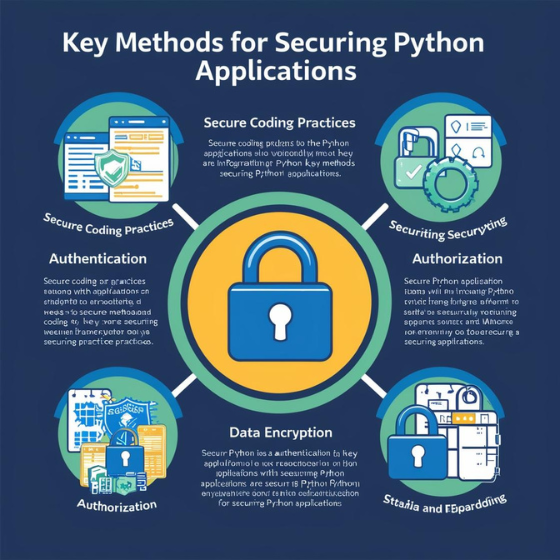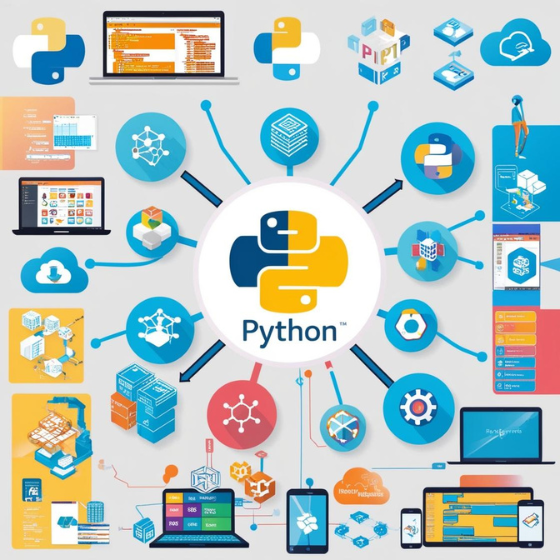The Future of Python in Data Science: Empowering the Next Era of Innovation
“Data is the new oil.” But, like crude oil, raw data is meaningless without the right tools to refine it. Python, the powerhouse of data science, has emerged as the gold standard for refining data into actionable insights. But what does the future hold for this versatile language in the ever-evolving realm of data science?
In this blog, we’ll explore the future of Python in data science, unravel its growing influence, and discuss how it continues to empower data scientists to innovate. Whether you’re an aspiring data scientist or a seasoned expert, this blog will provide valuable insights into Python’s trajectory and its role in shaping the future of analytics and AI.
Why Python Dominates Data Science Today
Before diving into the future, it’s essential to understand why Python dominates the data science landscape today. Its popularity stems from a unique blend of simplicity, versatility, and a rich ecosystem of libraries and frameworks.
Key Reasons for Python’s Current Dominance:
- Ease of Learning: Python’s intuitive syntax and vast community support make it accessible to both beginners and experts.
- Powerful Libraries: Libraries like Pandas, NumPy, Scikit-learn, TensorFlow, and PyTorch enable efficient data manipulation, machine learning, and deep learning.
- Versatility: From data wrangling to visualization, Python supports the entire data science workflow.
- Scalability: Python integrates seamlessly with big data frameworks like Apache Spark, making it suitable for large-scale applications.
These factors have set the stage for the future of Python in data science, which promises even greater advancements.
Emerging Trends Shaping Python’s Future in Data Science
As data science evolves, Python is adapting to meet new challenges. Let’s look at the trends that are set to define the future of Python in data science.
1. AI and Machine Learning Innovations
Python has already cemented its place as the go-to language for AI and machine learning. Tools like TensorFlow and PyTorch are continuously advancing, making Python indispensable for building intelligent systems. In the future, we can expect:
- Automated Machine Learning (AutoML): Python frameworks simplifying model creation and deployment.
- Integration with Quantum Computing: Libraries enabling quantum-enhanced machine learning.
- Real-Time AI Solutions: Python driving applications like autonomous vehicles and conversational AI.
Explore how Sodio’s AI and Machine Learning services can help you harness these innovations.
2. Growth of Data Engineering Tools
With the exponential growth of data, the demand for robust engineering tools is skyrocketing. Python is well-positioned to dominate this space through tools like Apache Airflow, Luigi, and Dask. Future trends include:
- Enhanced pipelines for real-time data processing.
- Broader adoption of serverless computing in Python-based workflows.
- Simplification of ETL processes for massive datasets.
3. Advancements in Data Visualization
Visualization is critical for turning complex datasets into meaningful narratives. Python libraries like Matplotlib, Seaborn, and Plotly are continuously evolving to offer:
- Interactive, web-based dashboards.
- VR and AR integrations for immersive data presentations.
- AI-driven visualization tools for dynamic storytelling.
Want to build cutting-edge dashboards? Learn about Sodio’s Custom Software Development Services.
4. Python in Cloud Computing and IoT
As industries embrace the cloud and the Internet of Things (IoT), Python’s role is expanding. Future advancements include:
- Edge Computing: Python enabling lightweight analytics on IoT devices.
- Cloud-Native AI: Python integrations with platforms like AWS, Azure, and Google Cloud.
- Energy-Efficient Algorithms: Optimizing Python for green computing initiatives.
Real-World Examples of Python Driving Innovation
To understand the potential of the future of Python in data science, let’s explore some real-world applications:
- Healthcare: Python powers predictive models that improve patient care, from early disease detection to personalized treatment plans.
- Finance: Python-driven algorithms are revolutionizing stock trading, fraud detection, and risk management.
- Retail: Businesses leverage Python to analyze consumer behavior and optimize inventory using predictive analytics.
These examples illustrate how Python continues to be a catalyst for innovation across industries.
Challenges Python Faces and How It’s Evolving
No technology is without challenges. While Python dominates data science, it faces competition and hurdles, such as:
- Performance Limitations: Python’s slower execution compared to compiled languages like C++.
- Concurrency Issues: Managing parallel tasks efficiently.
- Rising Competition: Languages like R, Julia, and even domain-specific tools.
To overcome these challenges, the future holds exciting improvements for Python, such as:
- Just-In-Time (JIT) Compilers: Tools like PyPy to boost performance.
- Enhanced Multithreading: For better concurrency handling.
- New Libraries: Expanding Python’s capabilities for specialized tasks.
Why Python Will Continue to Dominate Data Science
Despite challenges, Python’s adaptability ensures it remains at the forefront of data science. Here’s why:
- Community Support: Python boasts one of the largest and most active developer communities globally.
- Continuous Innovation: Open-source contributors are driving advancements at a rapid pace.
- Integration Capabilities: Python integrates with almost every tool and platform, ensuring its relevance.
At Sodio, we embrace Python’s dynamic ecosystem to deliver cutting-edge solutions tailored to your needs. Check out our case studies to learn more.
Conclusion: Empowering the Future with Python
As we’ve explored, the future of Python in data science is bright, with advancements in AI, big data, visualization, and IoT leading the way. For businesses and data scientists alike, Python remains an indispensable tool for driving innovation and achieving success.
If you’re looking to harness Python’s potential, Sodio can help. From building scalable data pipelines to crafting AI-driven solutions, we’re here to empower your vision. Contact us today to discuss how our expertise can transform your ideas into reality.
